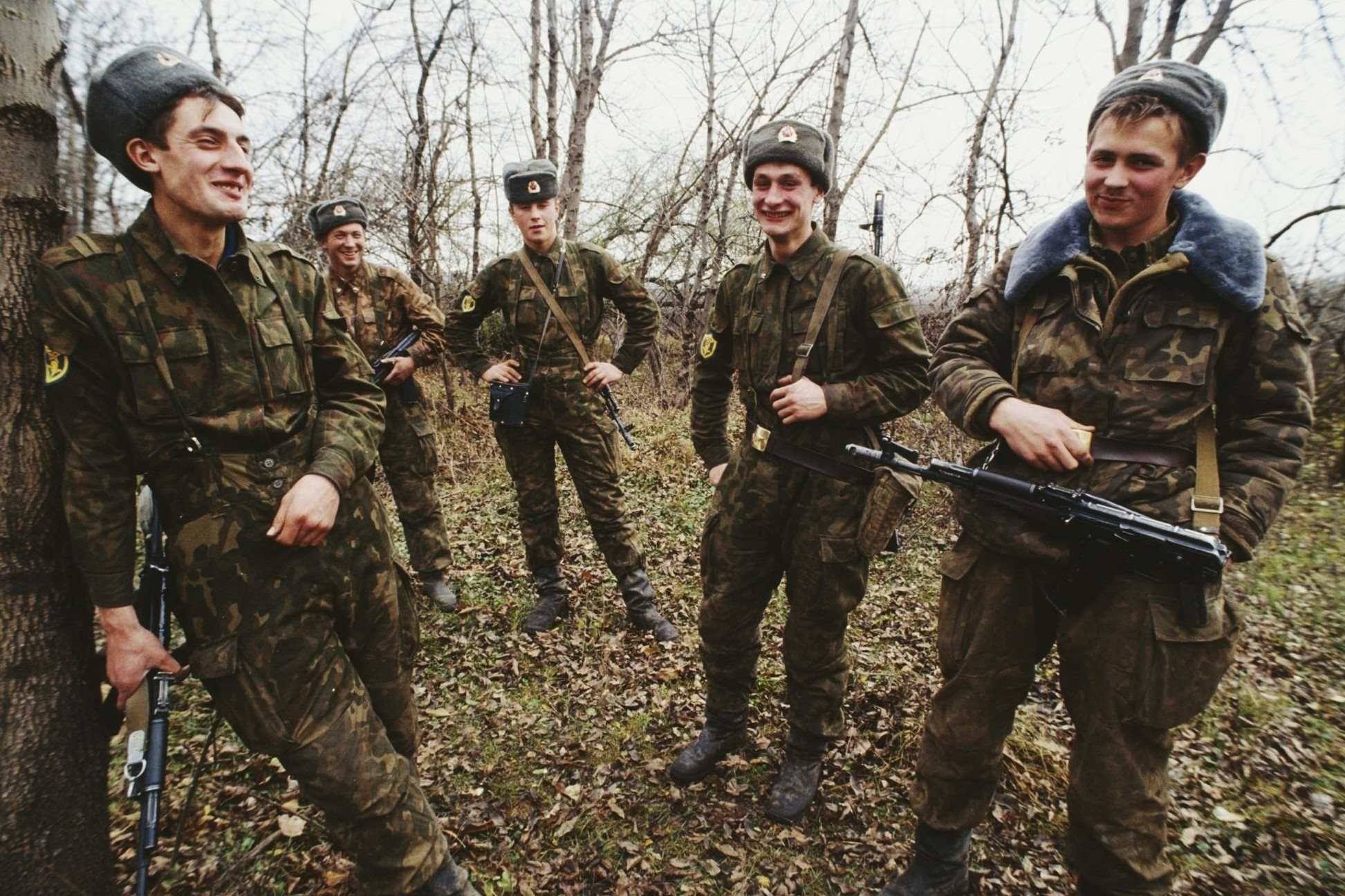
The East Prigorodny Conflict is a lesser-known yet significant event in the history of the North Caucasus. This conflict, which took place in the early 1990s, involved a territorial dispute between the Ingush and Ossetian peoples. Why did this conflict happen? The roots of the conflict can be traced back to historical grievances, Soviet-era policies, and ethnic tensions. The dissolution of the Soviet Union exacerbated these issues, leading to violence and displacement. Understanding this conflict sheds light on the complexities of ethnic relations in the region and the lasting impact of Soviet policies. Here are 30 facts that will help you grasp the intricacies of the East Prigorodny Conflict.
Key Takeaways:
- The East Prigorodny Conflict, between the Ingush and Ossetian people, began in the early 1990s over disputed territory. It led to devastating humanitarian impacts and continues to affect the region today.
- The conflict's long-term consequences include ongoing tensions, destabilization of the North Caucasus, and influence on subsequent conflicts. International response was limited, with calls for ceasefire and humanitarian aid.
Background of the East Prigorodny Conflict
The East Prigorodny Conflict is a lesser-known yet significant event in the history of the North Caucasus region. This conflict, primarily between the Ingush and Ossetian people, has deep historical roots and lasting impacts.
- The conflict took place in the early 1990s, specifically from 1992 to 1993.
- It was primarily fought over the Prigorodny District, a region in North Ossetia.
- The roots of the conflict date back to the Soviet era, when Stalin deported the Ingush people in 1944.
- Upon their return in the 1950s, the Ingush found their lands occupied by Ossetians.
- Tensions escalated after the collapse of the Soviet Union, leading to violent clashes.
Key Players in the Conflict
Understanding the main groups involved helps to grasp the complexity of the East Prigorodny Conflict. The primary players were the Ingush and Ossetians, but other forces also played roles.
- The Ingush are a predominantly Muslim ethnic group native to the North Caucasus.
- The Ossetians are primarily Orthodox Christians, with a significant Muslim minority.
- Russian federal forces intervened in the conflict, aiming to stabilize the region.
- Local militias and paramilitary groups from both sides were heavily involved.
- The North Ossetian government played a crucial role in the conflict's dynamics.
Major Events and Battles
Several key events and battles shaped the course of the East Prigorodny Conflict. These moments highlight the intensity and brutality of the clashes.
- The conflict officially began on October 30, 1992, with violent outbreaks in the Prigorodny District.
- One of the bloodiest battles occurred in the village of Tarskoye.
- The town of Vladikavkaz, the capital of North Ossetia, saw significant fighting.
- Ingush forces managed to capture several Ossetian villages during the conflict.
- Russian troops imposed a ceasefire in November 1992, but skirmishes continued.
Humanitarian Impact
The East Prigorodny Conflict had a devastating impact on the local population. Thousands were affected, and the humanitarian crisis was severe.
- Approximately 600 people were killed during the conflict.
- Over 50,000 Ingush were displaced from their homes.
- Many Ossetian civilians also suffered from the violence and displacement.
- Refugee camps were set up in Ingushetia to accommodate the displaced Ingush.
- Human rights organizations reported numerous cases of torture and extrajudicial killings.
Long-term Consequences
The aftermath of the East Prigorodny Conflict continues to affect the region. The long-term consequences are both social and political.
- The Prigorodny District remains a disputed territory between Ingushetia and North Ossetia.
- Tensions between the Ingush and Ossetians persist to this day.
- Efforts at reconciliation have been slow and often unsuccessful.
- The conflict contributed to the destabilization of the North Caucasus region.
- It also influenced subsequent conflicts in the area, including the Chechen Wars.
International Response
The international community's response to the East Prigorodny Conflict was limited but noteworthy. Various organizations and countries reacted to the crisis.
- The United Nations called for an immediate ceasefire and humanitarian aid.
- Human Rights Watch documented abuses and called for accountability.
- Few Western countries intervened directly, focusing instead on diplomatic solutions.
- The Organization for Security and Co-operation in Europe (OSCE) monitored the situation.
- International media coverage was sparse, overshadowed by other global events at the time.
Final Thoughts on the East Prigorodny Conflict
The East Prigorodny Conflict remains a significant chapter in the history of the North Caucasus. This conflict, which erupted in the early 1990s, involved intense clashes between Ingush and Ossetian communities. The violence led to numerous casualties, displacement of thousands, and long-lasting tensions. Understanding the root causes, such as territorial disputes and ethnic tensions, helps in grasping the complexities of the region. The aftermath saw efforts at reconciliation, but scars from the conflict still linger. Learning about these events underscores the importance of addressing ethnic conflicts with sensitivity and a focus on peacebuilding. The East Prigorodny Conflict serves as a reminder of the devastating impact of unresolved disputes and the need for continued dialogue and cooperation to prevent future conflicts.
Frequently Asked Questions
Was this page helpful?
Our commitment to delivering trustworthy and engaging content is at the heart of what we do. Each fact on our site is contributed by real users like you, bringing a wealth of diverse insights and information. To ensure the highest standards of accuracy and reliability, our dedicated editors meticulously review each submission. This process guarantees that the facts we share are not only fascinating but also credible. Trust in our commitment to quality and authenticity as you explore and learn with us.
